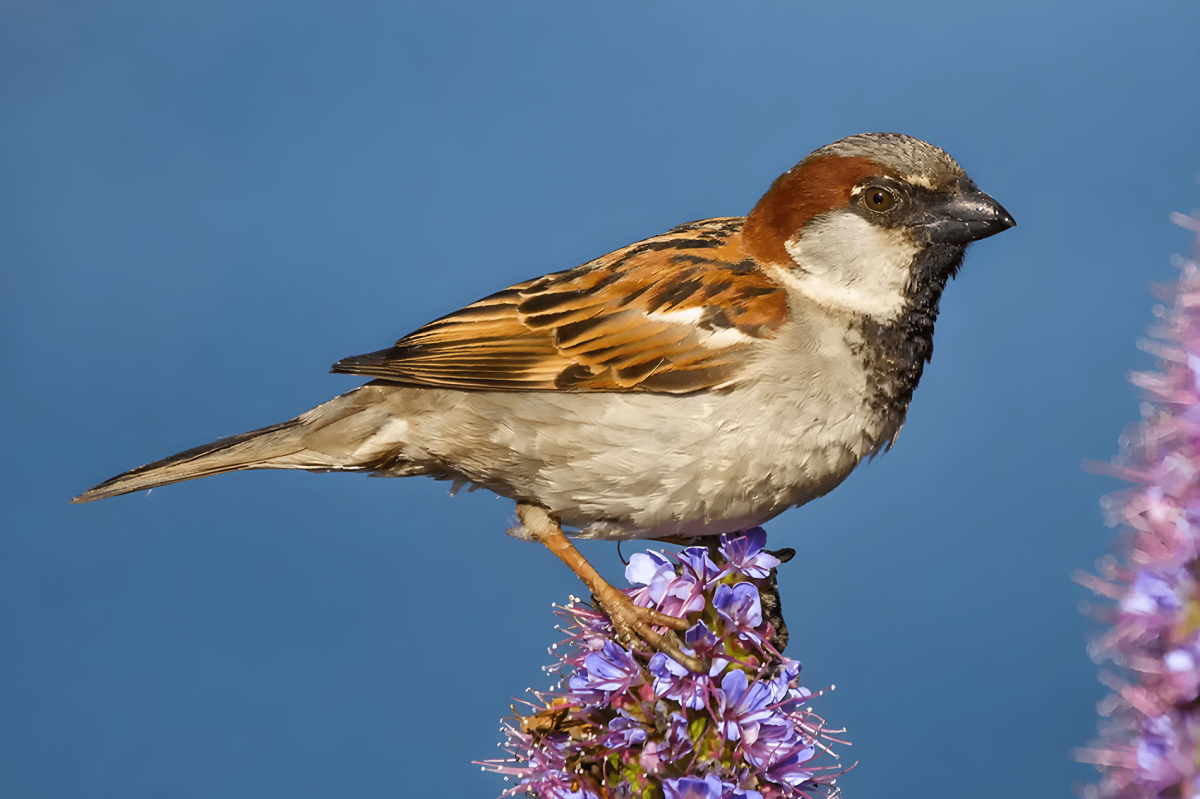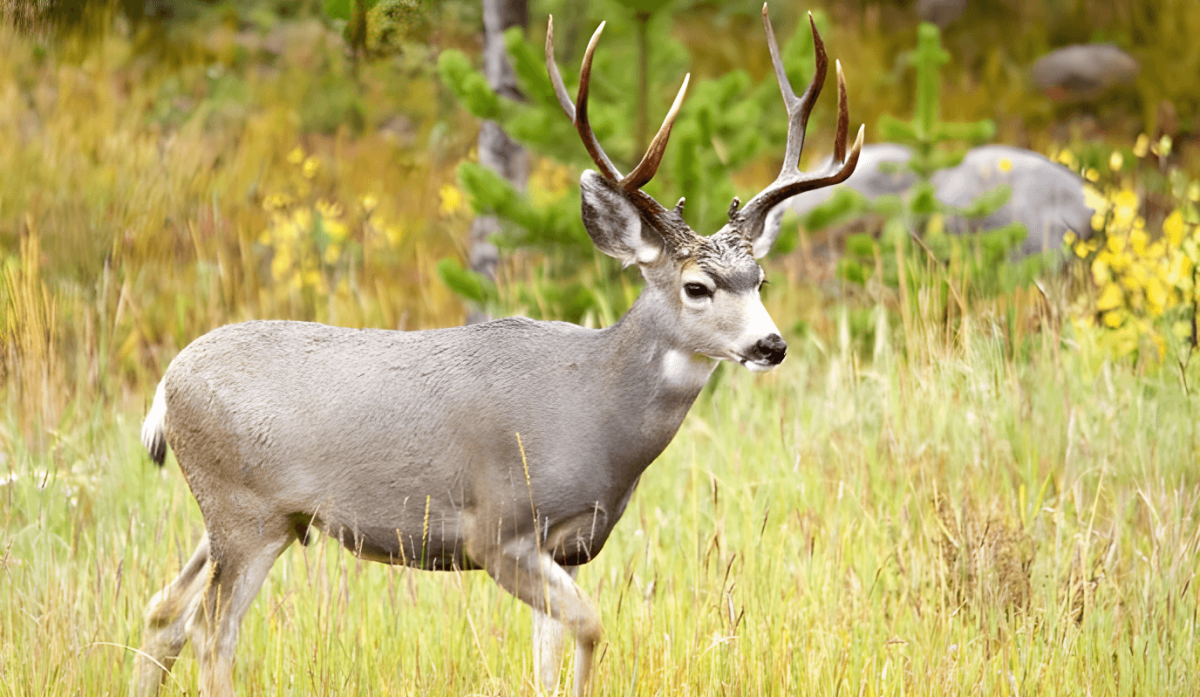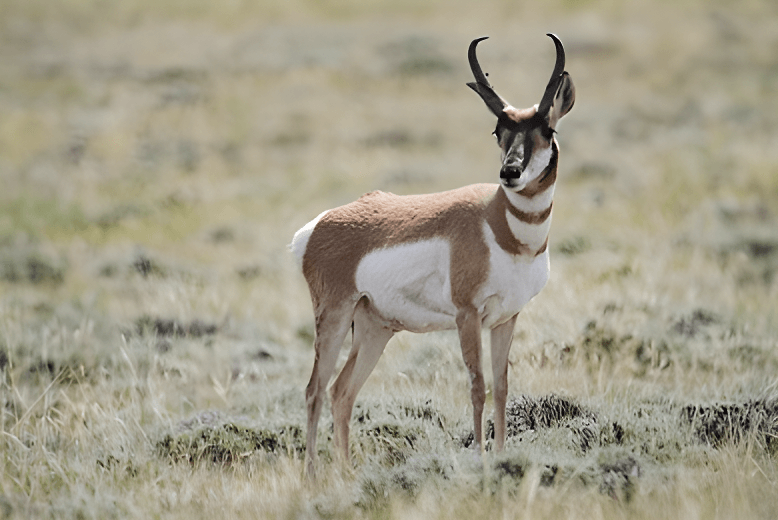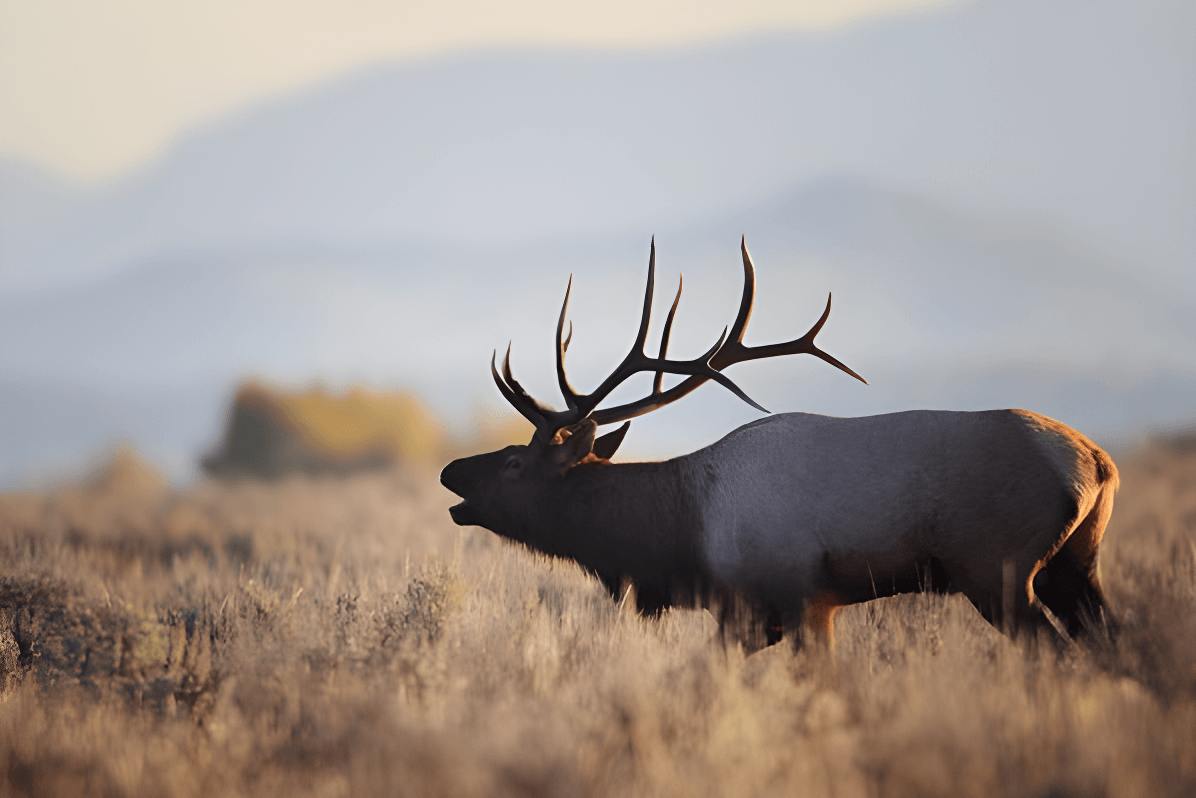<<Read Time: 5 Minutes>>
Surrounded by the beauty of the outdoors, Cheyenne is one of the best places to experience nature and spot the animals that live in it. As a hub for observing wildlife in Wyoming, including some of the state's more dangerous species, Cheyenne offers unique opportunities to witness these creatures in their natural habitat. From the streets of downtown to the suburban greenway to hiking trails in Curt Gowdy State Park, Cheyenne and Laramie County as a whole offers a wide variety of wildlife to be seen.
Watching wildlife near Cheyenne, WY is excellent for all ages, giving fantastic opportunities for making memories and taking beautiful photos. Below, we’ve compiled a list of some common and not-so-common animal names in Cheyenne to look out for during your visit. How many animals can you spot?
Sparrows

Let’s start with a few of the most common animals that are a significant part of the wildlife near Cheyenne, WY. While there are many species of Sparrows in the region, the one most frequently seen in Cheyenne isn’t native. Known as House Sparrows or “Old World Sparrows,” these birds hail from Europe and the Mediterranean Basin and were introduced in the 1800s. They have since become a familiar sight, adapting well to urban environments and can be spotted easily from streets to buildings to neighborhoods.
Did You Know?
House Sparrows could be considered invasive species, but many experts look at them as symbols of human success. House sparrows live intimately close to humans, and when we succeed, it often means they succeed, too.
Pigeons

The pigeon is another non-native European bird species that has simply taken over! You’ll find the pigeons in and around Cheyenne - mainly in the city - called Rock Pigeons. Rock Pigeons came from Europe and were introduced back in the 1600s. Today, you can see them gathering on rooftops or walking on the ground all year, most likely foraging for food.
Fun Fact!
Rock pigeons can be overlooked as a pest or dirty city bird, but they have been everything from racing champs to war heroes in their time with humans, being used as homing or messenger pigeons! This is because pigeons can find their way home from a distance, even blindfolded, by using the earth’s magnetic field, sound, smell and even the position of the sun.
Western Meadowlarks
This bird isn’t just native; it’s Wyoming’s state bird! Western Meadowlarks can be found all over the state, but they especially love the prairie and farmland. You probably won’t hear too many meadowlark calls in town, but even along the Greater Cheyenne Greenway, you’ll be able to listen to them, and they get more prolific as you get into more rural areas. Western meadowlarks are known for their beautiful songs.
Meadowlarks are around Cheyenne all year, but Spring, Summer and early fall are the best times to hear and spot them. They are ground nesters who eat mainly insects and seeds, but you can often spot them singing from the branches of a low tree or a fence.
Did You Know?
The Western Meadowlark is the state bird of not just Wyoming but five other states as well! Nebraska, Montana, Kansas, North Dakota, and Oregon all claim this songbird as their state bird. Talk about a popular singer!
Night Heron

The Black-Crowned Night Heron is labeled as common in Wyoming during their breeding seasons, but you won’t see them everywhere. These stocky but graceful herons feed primarily on fish and live near water. During the spring and summer, you can expect to see them in places like Curt Gowdy State Park, but city lakes, like Sloans Lake in Cheyenne, are also great places to search for these beautiful birds.
Wildlife Wisdom!
Night herons are social birds and will nest in groups that often include other species of birds. They can also live a long time, with the oldest recorded night heron being a 21-year-old female.
Prairie Dogs

Early American explorers like Lewis and Clark were fascinated by these chubby little ground dwellers, and they can be just as fascinating to watch even today! While prairie dogs are native to the area, their local reputation is that of a pest because their holes - found in large clusters or colonies - can pose a danger to hooved animals like horses and cattle.
Prairie dogs got their name from the yipping or barking sound they make to warn other prairie dogs of trouble. The common Black-tailed prairie dog, native to areas around Cheyenne, can get up to 16 inches long and weigh up to 3 pounds. Look for prairie dogs off the side of the road as you travel in rural areas around Cheyenne. You can also find them in spots like Curt Gowdy State Park.
Did You Know?
Prairie dogs are a primary food source for many predators and an essential part of the natural food chain. The highly endangered black-footed ferret is one predator that loves to hunt these critters.
Yellow-Bellied Marmot

Like the prairie dog, the yellow-bellied marmot is a rodent, but these heavy-bodied critters can be up to 4 times larger! They are known to make a screaming noise and other calls - more than likely a reason for one of their nicknames, the “whistle pig.” These rodents can be found in spots like Curt Gowdy State Park, but keep a sharp eye out - they only spend an hour or two above ground each day. They are active in spring and summer before hibernating in early fall through the winter.
Wildlife Wisdom!
Yellow-bellied marmots are on the list for some of the longest hibernating mammals around! Once they settle in, they are deep sleepers, hibernating for up to 7 months!
Foxes

The wiley, clever fox can be found all over Laramie County and even in Cheyenne itself. We have two species of fox in our area - the more elusive swift fox and the familiar red fox. Swift foxes are nocturnal, and while they are present in places like Curt Gowdy State Park, they can be very elusive. Red foxes, however, are a bit more common and bold. You can spot them in town - often at night - hunting rodents and rabbits.
Fun Fact!
Foxes are omnivores, meaning they eat meat and plants. This fact separates them from their carnivore cousins, wolves and coyotes.
Mule Deer

When people think of deer, especially if they live East of the Rocky Mountains, they often think of the common Whitetail Deer. Wyoming does have the venerable Whitetail, but the slightly larger Mule Deer is more common in these parts. “Mulies” can weigh up to 280 pounds and get their name from their big, long “mule” ears. These are a keystone species for many predators - including humans. You can find mule deer year-round in places like Curt Gowdy State Park, Vedauwoo and Pole Mountain.
Did You Know?
Mule deer have white rumps, a more grayish color than whitetails, and instead of running from danger, they will often bound - hopping and bringing all four hooves off the ground in a very graceful, spring-like movement.
Pronghorn

Pronghorns, also called antelope or pronghorn antelopes, are a common deer-like mammal unique to the West. When looking for wildlife in Wyoming, and especially around Cheyenne, you have a great chance of seeing these one-of-a-kind animals. Watch for them on the prairie as you drive along country roads, hike in grassy areas of Curt Gowdy State Park, or even along the Cheyenne Greenway! Pronghorns aren't actually antelope, but they are related - they are also related to goats. Pronghorns are North America's fastest mammals, running nearly 60 miles per hour! These facts lend to the fun nickname "Speed Goat."
Fun Fact!
Both male and female pronghorns - called bucks and does - have horns. The bucks have longer horns, up to a foot long. Pronghorn also have fantastic vision and can spot predators from very far away.
Elk

Of all the big game animals in Wyoming, none has more legendary status with hunters and wildlife viewers than the elk. Elk are the second most prominent member of the deer family in North America, with full-grown bulls weighing up to 1,100 pounds! The elk bugle is one of the things that make them so legendary. Around Cheyenne, your best chance to see elk will be near the Pole Mountain or Vedauwoo areas.
Wildlife Wisdom!
Elk are also known by their Indigenous name, Wapiti, which comes from the Shawnee and Cree languages. It means white rump - and it lives up to the name. There are four different subspecies of elk in North America. The subspecies you’ll find in Wyoming is the Rocky Mountain Elk.
Moose

The moose is the largest deer species in North America and the second-largest mammal in Cheyenne. Only the American Bison is bigger. If you have never seen a moose in the wild, you are one of the best spots to see one! Moose are, in a word, massive. Bulls can get up to nearly 7 feet tall at the shoulder and weigh more than 1,500 pounds, while cows can get over 1,000 pounds. Moose can often be spotted in the Vedauwoo area, especially during the summer and early fall. However, remember that moose - especially cows with a calf - can be very aggressive and are a notable example of the dangerous wildlife in Wyoming. Keep your distance!
Did You Know?
Moose can be found in both North America and Europe. In North America, they are called moose, but in Europe, they are called elk. The name “moose” comes from the Native American Algonquin word meaning “eater of twigs.”
Bison

Bison, a majestic part of wildlife near Cheyenne WY, are not just awe-inspiring but are arguably no greater symbol of the American West than the bison. For those wondering where to see bison in Wyoming, the Terry Bison Ranch in Cheyenne is a prime location. Bison are the largest land mammal in North America, with bulls capable of weighing more than a ton. Two hundred years ago, these animals roamed the Great Plains in herds, numbering in the millions, but they were hunted to within an inch of extinction by the end of the 1800s. Today, after years of effort, bison are making a slow comeback, numbering more than 31,000. More than 2,500 of those are here at the Terry Bison Ranch in Cheyenne! You’ll also spot one anywhere you can spot a Wyoming state flag.
Fun Fact!
Bison are also often called buffalo - but they are not true buffalo. So, what’s the difference between Bison and buffalo? Buffalo are native to Africa and Asia, while Bison are native to Northern Europe and North America. Bison are distantly related to buffalo but are actually more closely related to domestic cattle and yaks!
Protecting Our Wildlife in Wyoming
Wildlife in Wyoming is a big part of the culture and heritage. Even walking downtown, you can catch a glimpse of birds of prey, raccoons, foxes, or even the occasional pronghorn! If you see someone else’s trash or something that could harm animals, throw it away or let an authority know about it. The importance and presence of wonderful creatures inside and outside Cheyenne means protecting them is also necessary.
How Can I Help Protect Animals in Cheyenne?
It’s always best to leave wildlife rehabilitation to experts, but there are opportunities to learn and help! Look for animal rescues and wildlife rehabilitation centers like The Broken Bandit Wildlife Center that are looking for volunteers. Check in with vet clinics like the Cheyenne Pet Clinic that rehabilitate wildlife and ask if there is anything you can do to help. There may not be much, but it never hurts to ask. You can also volunteer for larger organizations like the Wyoming Game and Fish Department and Wyoming State Parks!
